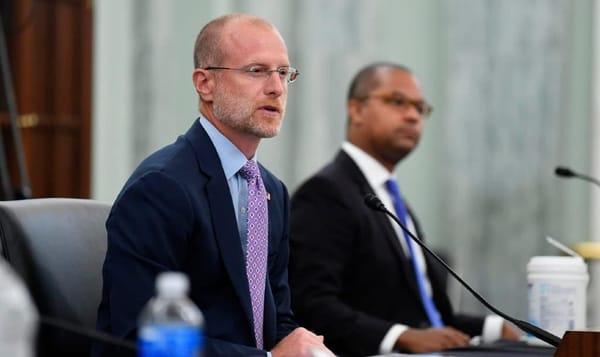Rural Providers Blanch at Artificially Low-Cost BEAD Options
A letter to the NTIA outlines how small providers can compete with large providers for BEAD grants
Joel Leighton

WASHINGTON, May 28, 2024 - A letter on behalf of rural broadband providers called on the National Telecommunications and Information Administration to take greater consideration of small providers while reviewing state proposals for the Broadband Equity Access and Deployment program.
The letter, issued by Shirley Bloomfield, CEO of The Rural Broadband Association (NTCA) on May 21, asked the NTIA to avoid imposing artificially low-cost options on providers. Bloomfield said that in awarding broadband deployment grants, NTIA should not automatically choose ISPs that promised the highest matching funds, an approach that would help to ensure small providers can compete for grants.
While the letter agreed that BEAD awardees should be required to provide affordable options to low-income consumers, it cautioned against setting predetermined, artificially low prices.
According to Bloomfield, big providers can offset these costs because they also serve large customer bases in profitable areas, but small providers operating in rural areas have no means of cross-subsidization. This will become only more challenging for providers as subsidies from the Affordable Connectivity Program dry up at the end of this month.
Rather than set an “arbitrary” low-cost option, the NTCA letter recommended that the NTIA look to the Federal Communications Commission’s Universal Service Fund program (USF) for guidance, which includes a formula that calls for higher retail rates in rural areas to account for higher costs. The USF caps rural rates at “two standard deviations” higher than urban, which is roughly an additional $20 to $30 a month.
Another major concern for NTCA's small providers was the emphasis on matching funds for BEAD scoring. According to Bloomfield, because the NTIA expects states to award funds to applicants with the lowest BEAD program outlay, this appears to favor applicants who can supply more matching funds.
While the program does allow matching funds to be met in other ways, such as with state or local grants, this process can place burdens on small providers not faced by large providers with readily available funds.
NTCA’s letter urged NTIA to consider U.S. Department of Agriculture’s ReConnect Program as a model. ReConnect emphasized a quality-based standard, rather than a prioritization on the lowest bidders. As a result, many locally-based providers won projects, according to Bloomfield.
This is in contrast to previous federal projects, such as the Connect America Fund II, which awarded projects based on lowest bidding, only to find out later the awardees could not meet their obligations.
The letter also expressed concern over states drawing up excessively wide service areas. Although permitted under BEAD, such project sizes naturally preclude small providers who do not have the resources to cover sweeping distances, and favor large providers.
“Many [large providers]...lack a track record of meaningful past commitment to rural deployment and service delivery,” Bloomfield wrote.










Member discussion